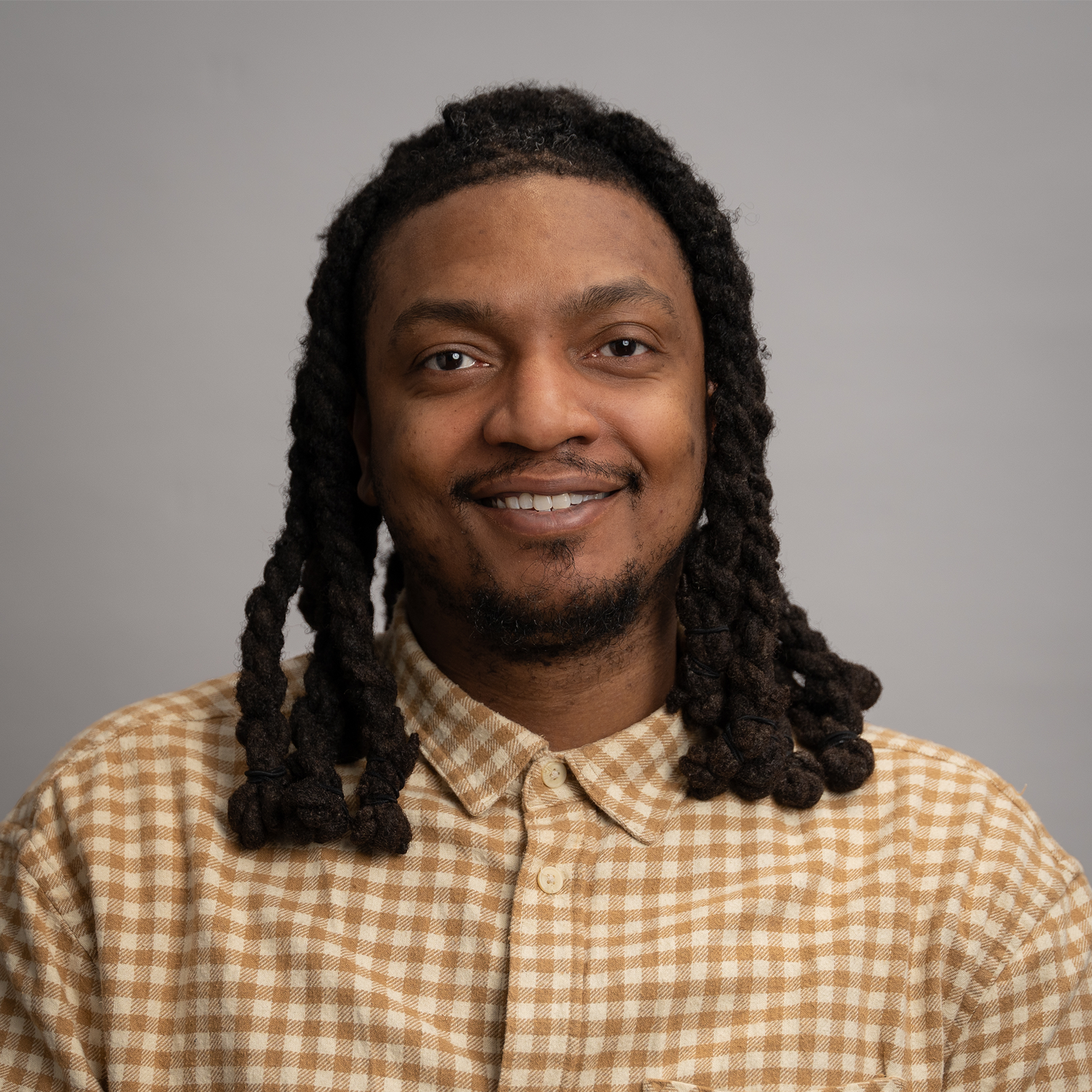



Written by Adam McIlroy.
16 minute read
Article reviewed by Emily Cross, Self-Employed Death Doula on November 26, 2025.
Death, as they say, comes to us all. Yet, despite its inevitability, we know very little about it. Naturally, those who die in all likelihood can’t follow up with us later about their experience, meaning it’s hard, if not impossible, to ever know what it’s really like to die. In fact, it’s probably fair to say that the only way we will ever know what it’s like is to experience it for ourselves … and maybe not even then. Given the fog of uncertainty that hangs around the subject, there are many facts and myths about death in the public consciousness.
Key takeaways:

On the subject of death, medical and scientific perspectives can overlap and collide with spiritual, cultural and religious ones.
In short, when we die, sooner or later, everything stops. Of course, the stopping of the heart is immediate, and it’s easily recognisable by the sound of a heart-rate monitor when it flat-lines and by the disappearance of a pulse. With the stopping of the heart, our blood is no longer pumped around our bodies, meaning that our organs cease to function, and all of the things they’ve done for us throughout our lives can be done no longer. It’s like turning off the lights of your old house, room by room, before leaving for the last time.
After we’ve died, our muscles relax and all of our blood is drawn downward by gravity. Our body temperature will drop, which is why those who’ve touched the body of a loved one often remark on how cold to the touch they seem. And then, finally, our bodies stiffen up with rigor mortis, before relaxing again a few days later.
The point is that death, while final, isn’t one single point where the lights go out all at once and that’s it; it’s a process that the body goes through in stages.
Usually one of the most important aspects of any religion is death. And that’s normally because each religion has its own version of an afterlife, and, possibly, the concept of the immortal soul. Religions, past and present, often have some aspect of their own earthly culture reflected in the afterlife; the Ancient Egyptians, for instance – a highly agricultural society – imagined it as a peaceful plot of arable land for each person to tend on the banks of the Nile.
In general, death around the world is held to be a tragic and painful, albeit necessary, thing. With that said, there is mystery, and even fear and superstition, attached to it too. A death, wherever it occurs in the world, is usually marked by some kind of religious or secular funeral ceremony, whether direct cremation or otherwise, at which people gather to honour and commemorate the person who has died. However, there is almost no limit to the variety of local cultural attitudes to and practices surrounding death, from the Madagascan tendency of exhuming dead family members every few years to bring them to a big party and wrap them in new shrouds, to the professional wailers paid by bereaved families to attend Chinese funerals.
From the history of cremation and embalming, to scientific discoveries about our brains, there are plenty of interesting facts about death.
Ancient Egypt is a historical culture that is very famous for its obsession with death. It developed highly elaborate embalming and mummification practices, sarcophagus art, and tomb building along with its theology. Whilst the style of their culture may seem alien to us today, their desire to be remembered is relatable. It’s recognisable in our own modern tendencies to pay for grave-stones, columbarium or mausoleum space, and even in coffin customisation. Their embalming methods too, whilst lacking most of our anatomical knowledge, bear some resemblance to the modern equivalent.
Other historical cultures favoured cremation as a less elaborate means of processing and recognising death; it wasn’t until the rise of monotheistic religions like Christianity and Islam, that burial became a popular practice. It’s one of the most popular cremation myths that cremation is forbidden by such religions today, but, although Islam still forbids it, most other religions are fine with it.
Whilst the cremation urns used by, for example, the Romans, look more or less identical to some of the ones we use today, we now seem to be more open to creative cremation ashes ideas than they were, such as turning ashes into jewellery or household objects.
Recently, science has started to make progress in understanding what happens to our brains when we die. In 2015, those in the field of near-death studies began to analyse the brains of patients on life support, noticing a surge in unexpected electrical activity after the support had been switched off. This challenged their assumptions about whether consciousness could exist independently of the brain, having always been assumed not to be the case.
If the brain activity in a dead person indicates consciousness, and if consciousness can therefore exist without the brain, then where does it come from? Is this proof of the religious concept of the soul? Those waking up out of comas or being resuscitated and brought back to life often report extremely vivid dream-like hallucinations where they travel down a tunnel towards the light, encounter dead family members, and even see themselves from above in the hospital bed receiving CPR. Medical science has been trying to understand these anecdotes empirically, in order to find out what is actually happening in our brains when this is occurring.
It’s an interesting area of science which seems to mix with spiritual and religious understandings of consciousness. Of course, it’s a field of science still to prove itself, but it may yet unlock the mysteries of death.
Some of the most unusual death-related phenomena concern grieving. According to relevant studies, as many 30-50% of people grieving hallucinate after someone has died.
These hallucinations can take many forms, but are often triggered by things in the world around us, such as music that might have been dear to the ones we’ve lost. Some people report hearing the favourite song of a recently-deceased loved one on the radio and then experiencing them walking out in front of them and speaking. Others can feel their touch, see them reading in their favourite chair at home, or smell their perfume.
Whilst these are reported as psychological effects generated by our brains in a state of deep emotional stress, it helps to explain why humans have always believed in ghosts. The purpose of these illusions, generated by our brains, is mysterious, but many people feel comforted by them when they see them. And perhaps that is the point.
There are some very widely believed myths about death. Here are just a few of them.
It seems fairly obvious to say that whether your death is painful will depend largely on the way in which it occurs. If you die in your sleep of old age, you probably won’t even be aware that you’re dying. Whereas those who experience a drawn-out confrontation with a long illness may have to bear more than their fair share of it before the end.
In any case, even with such an illness, as long as they’re in hospital, they’ll have access to pain medication and management techniques which can help to mitigate some of the pain of dying.
The human body decays in stages, with the speed of the decay likely to be impacted by the way in which the body is kept, or the climate it’s in as it decays. Heat is a big factor; mortuary facilities are purposely kept at a low temperature because it slows decomposition.
Conversely, if a body has been left at room temperature or above (or, for instance, if someone dies in a hot place and goes undiscovered), the decomposition process will accelerate. That’s because bacteria thrives in warmer temperatures. Embalming is a practice that can also slow the decomposition of the body; many people think that it completely stops decay, but this is just one of the most popular funeral myths: it won’t preserve a body forever. This is usually done to allow for an open-casket funeral
ceremony (so that the body is in a viewable condition). The fluids are drained and the body is treated with chemicals to preserve it.
The time it takes for a human body to decay can vary from weeks to years, depending on these different factors.
Seeing a white light has been reported to be a common feature of near-death experiences, which may give us some insight into the real thing.
There’s also the fact that this idea might come from the bible. That is, a white light seems to align with how people often imagine Heaven in Christianity. It may be that they are assuming, when seeing a white light during a near-death experience, that they are being drawn up and welcomed into the Christian afterlife. Therefore, those living outside of the Judeo-Christian world may lack this element of their near-death experiences, if their culture imagines the afterlife differently.
Death can generate various medical psychological impulses and symptoms.
There are some symptoms of the end-of-life stages that may exhibit themselves, or some psychological clues that you can follow, which might suggest someone close to you has begun to die, or to accept death:
How we psychologically respond to death will depend on the way in which we are dying. If we’ve reached an old age and know that we are dying, we are probably more likely to accept it without fear. We’ve had more time to think about it, and see it as a natural conclusion to life. But then, perhaps that depends on how old we see ourselves; if we’re still living life to the fullest, as unimpeded by the effects of age as we can be, then we may well be as afraid as anyone else would be by the thought of death.
People with a terminal illness often face any fears they might have about death sooner, simply because their time feels more defined. This can lead to some widely differing responses, with some people feeling cowed by the intensity of the situation, and others being spurred on by it to burn as brightly as possible whilst they still can.
Paul’s story
Paul Jameson – our founder – set Aura up in 2019 with his son, Dave (our CEO), and a family friend called Ben (our COO). He was motivated to do this after he found out that he has motor neurone disease.
Since his diagnosis in 2017, it’s fair to say that Paul has packed more into the following years than many of us can manage in a life-time. He’s played the world’s highest tennis match at the top of Mount Kilimanjaro; sung an aria on stage with a baritone for BBC breakfast despite losing his ability to speak; and he’s raised over £150,000 for charity supporting motor neurone disease.
Paul is determined to get as much as he can out of life, and he’s still going strong. Death can provoke a whole array of different psychological responses in us, and there’s no one right response to it.
If you have any questions about death and dying, we are here to help. Furthermore, if you’re currently in need of our support with organising a direct cremation funeral at short notice, or if you’re considering a prepaid funeral plan for the future, we’d also welcome your call whenever you’re ready.



If you have any questions, would like a brochure or simply would like a chat through our services, our award-winning team is here to help.
Unlike other providers, we won’t hassle you with constant calls. We’ll simply ensure you have the information you need and leave you to come to a decision in your own time. When you’re ready for us, our team will be ready to help.
Death is a process, not an instant event.
It begins with the heart stopping, then muscles relax, blood settles, body temperature drops, and rigor mortis sets in.
This gradual shutdown of the body happens in stages, not all at once.
Not necessarily. Many people die peacefully in their sleep or under palliative care.
Pain management in medical settings often ensures that individuals at end-of-life experience as little discomfort as possible.
No.
Decay takes time and is affected by:
Temperature (colder = slower)
Humidity
Whether the body is embalmed or refrigerated
Embalming slows, but does not stop decay. It is commonly used to allow viewings at open-casket funerals.
Not always.
Seeing a white light is a commonly reported feature of near-death experiences, especially in Western cultures.
Cultural background and personal beliefs can influence the content and meaning of these visions.
An NDE is a reported state where people who were close to death describe vivid experiences, such as:
Seeing a tunnel or white light
Feeling peaceful
Seeing deceased loved ones
Viewing themselves from outside their body
Science is still exploring the brain activity behind these phenomena, including electrical surges after heart stoppage.
Yes. Studies show 30–50% of grieving individuals may:
Hear their loved one’s voice
Smell their perfume
See them briefly
These grief-related hallucinations are normal and often comforting, even though they may be emotionally intense.
Views on death vary worldwide. For example:
Ancient Egyptians believed in a lush afterlife and practiced mummification
Some Asian cultures hire professional mourners
Islam prohibits cremation, while Christianity and Hinduism allow it
Different cultures express grief and honour the dead in unique and meaningful ways.
No.
While Islam traditionally forbids cremation, many other religions, including Christianity and Hinduism, accept or encourage it.
The myth that cremation is universally forbidden is incorrect.
Yes.
Today, people often explore creative cremation ashes ideas, including:
Jewellery
Glass ornaments
Scattering in significant places
Placing in biodegradable urns for natural burial
These practices offer personalised ways to honour someone’s memory.
Yes.
Many people experience:
Withdrawal from life
Hallucinations or visions
Changes in behaviour or mood
These are often signs that someone is coming to terms with dying, and they should be met with patience and understanding.
Often, yes.
People who live into old age or who receive terminal diagnoses sometimes report:
Acceptance
A desire to make the most of their time
Peacefulness in facing the unknown
But responses vary—there’s no right or wrong way to feel about death.
Aura’s founder, Paul Jameson, was diagnosed with motor neurone disease in 2017 and chose to live boldly despite it.
He:
Climbed Kilimanjaro
Sang opera live on BBC
Raised over £150,000 for charity
Paul’s journey shows that even in the face of death, life can still be rich with meaning, courage, and purpose.
Whether you’re exploring your beliefs, supporting a loved one, or arranging a funeral, Aura is here for you.
Our Aura Angels can:
Help with funeral planning
Provide emotional support
Offer prepaid funeral plans if you want to prepare ahead